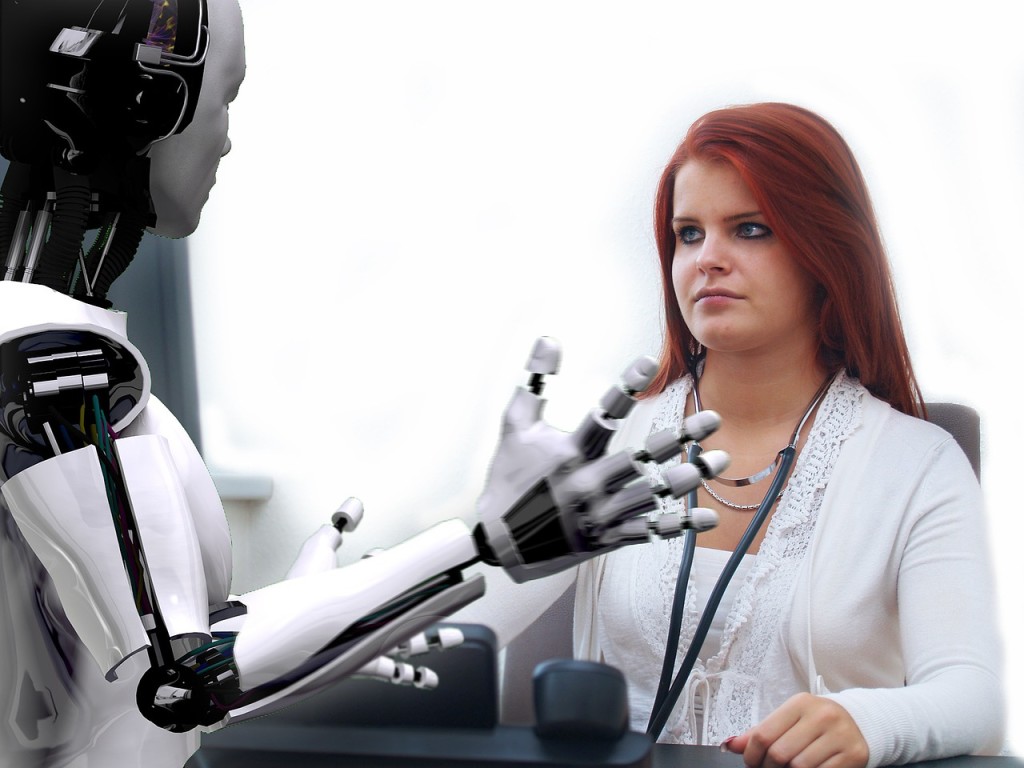
Our world continues to be transformed by rapid advancements in science and technology. From our phones to our fashion, planes to plastics, and meals to media, groundbreaking research continually yields exciting innovations. The ongoing promise of these new developments, especially in the healthcare sector, illuminates a sometimes gloomy horizon.
Dramatic improvements in healthcare over the last few centuries have carried humanity from the grips of early death to a renaissance of longevity and improved wellness. Today’s modern era has its own health challenges to be certain, but overall humans are living longer lives and thwarting once-fatal diseases better than ever.
Healthcare will continue to be critical over the coming decades as the human population grows and ages. Presuming that research and development receive adequate funding, allowing innovations to reach the market in an affordable way, some amazing changes should be in store for the world’s ailing, hurt and elderly.
Here are five emerging innovations in healthcare that I believe will be the most transformative for medicine and wellness in years to come.
3D Printing
3D printing has technically been around since 1984, but has only recently witnessed an explosion in commercial usage, with the industry growing by 35.2 percent in 2014 alone. 3D-printed products range across a variety of industries from toys to heavy industry, and healthcare is among the most propitious.
3D printers, which assemble products directly from a digital model with layers of manmade or organic material, can manufacture skin for burn victims, airway splints for weak lungs, and will soon reach fully functioning human organs. Though emerging technologies typically take time to become cost effective in hospitals, 3D printing is less expensive than other forms of manufacturing and will become mainstream much sooner assuming regulators get on board.
Implant technology
Technology is starting to get under our skin — in both a figurative and literal sense. New electronic implants can be embedded into the human body to sense, record, and influence internal functionality. The possibilities are impressive: tiny devices that have the ability to detect and counteract seizures in epileptics, slow cell damage in Parkinson’s and Alzheimer’s patients, and even restore power to the blind, deaf, or paralyzed.
Many of the most extraordinary of these implants have not reached the mass market yet, and will require more testing to be proven effective, affordable, and safe for use. When implants become a viable alternative to medication, they will become an even more commonplace and revolutionary form of treatment.
 Robotic aides
Robotic aides
Though the idea may make you think of the Jetsons’ maid, robot caretakers are already here with more to come soon. Though doctors and nurses will remain the primary medical personnel, robotic assistants will augment their abilities to the benefit of patients both in and out of hospitals.
Robotic aides are already caring for the elderly. As the baby boomer generation continues to age, retire, and seek eldercare, even more opportunities will arise for robotic assistance.
Robots today can perform surgery, provide medical counsel remotely, assist in eating and child therapy, and deliver specimens in hospitals. Some robotic aides can perform the equivalent work of three human employees for the cost of less than one. As healthcare industries need of workers grows, these robotic helpers will be put to good use with thousands expected to enter hospitals in coming years.
Advanced sensors
Wearable technology has been touted as the next big craze for tech and fashion, but its sensor functionality is perfectly suited for healthcare innovation. The growing popularity of fitness trackers makes clear that this type of technology has a bright future in tracking and relaying health information from a medical perspective.
Clinically accurate blood pressure monitors, smart hearing aids, clothing that tracks breathing and heart rate, and wearable infrared light therapy for chronic pain are all devices that recently debuted at the annual Consumer Electronics Show (CES). That’s not to mention Google’s smart contact lenses, which will sense glucose levels for patients with diabetes, and other devices like smart pacemakers.
Among the most groundbreaking in sensor technology may be digestible sensors. These tiny pill-like contraptions transmit patient internal data to doctors as they move through the body and interact with various organs.
Prosthetic tech
From the wooden limbs of the Middle Ages to today’s lifelike appendages, prosthetics have come an incredibly long way over the years. Today’s prosthetics can utilize sensors and electronics to allow natural use and control for amputees, though many opt for less technologically advanced prosthetics for cost and longevity reasons.
The next generation of prosthetics are extraordinarily natural, with advanced gesture control, increased strength, flexibility, and soft materials. Researchers at John Hopkins have advanced as far as developing a prosthetic that syncs with brain waves for thought-based manipulation, while a technology by DARPA sends signals to the wearer’s brain to create a near-natural sense of touch.
What’s next?
These are just a few of the innovations that I foresee will change healthcare across the world as they continue being developed and move into the mass market. Imagine what these will do for quality of life and treatment for our current generations and those to come.
Technology will always carry risks and ethical quandaries, but there are few more uplifting areas of innovation and development than modern medicine, a tangible source of widespread for the sick and the healthy, the rich and the poor, and the young and the old alike.
